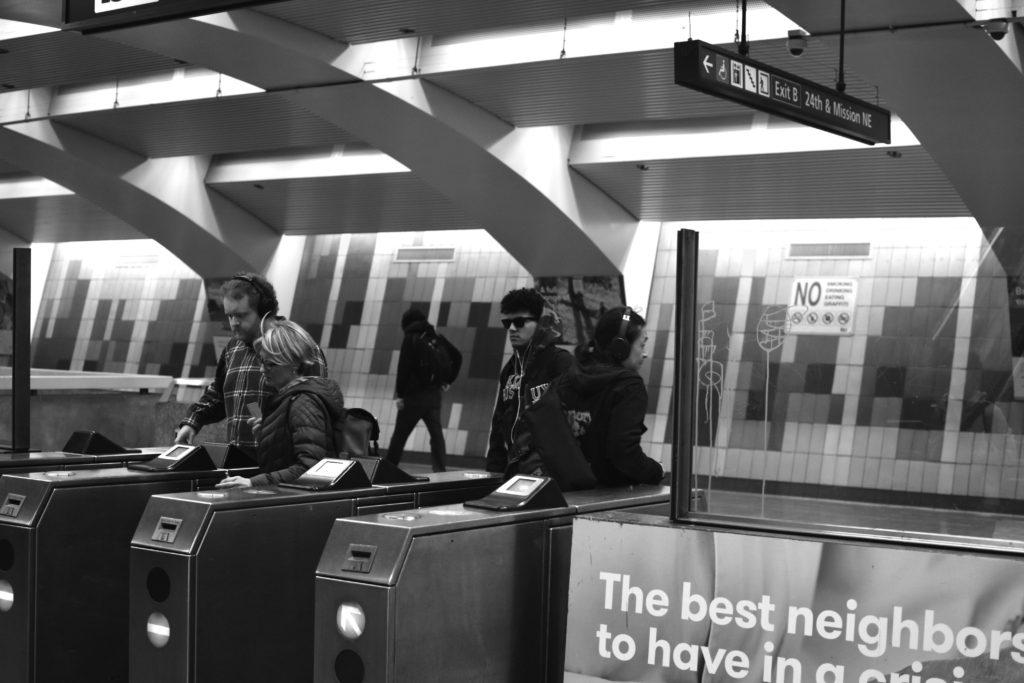SF State students will receive a 50 percent fare reduction on BART rides with the use of the Gator Pass starting March 1, but because the program is funded by student fees and not used by all, some students feel duped.
An email from Student Affairs and Enrollment Management was sent to students Jan. 28 announcing the Gator Pass discount would increase from the current 25 percent, but the email didn’t disclose that the fare reduction is actually a service students pay for with a $180 Gator Pass fee every semester.
Another issue of contention is, like the $160 Recreation and Wellness Center fee, the Gator Pass fee is a flat-rate, blanket fee regardless of whether students choose to take advantage of the program.
Computer science major Rishabh Bajpai uses BART to commute from Fremont and he thinks the fee should be paid only by students who elect to use the Gator Pass.
“I think that there should be more communication or it should be optional depending on if you want to have transit benefits,” Bajpai said. “I don’t think people should be paying for something they don’t use.”
Director of SF State’s Department of Fiscal Operations John Gates said the execution of the program required long negotiations with SFMTA and BART, and ultimately SF State worked out two separate contracts with the transit agencies.
The bulk of the fee, $128 per student, goes to Muni, for unlimited rides on buses and cable cars with in its system, and the remainder covers the BART fare reduction on rides beginning and terminating at Daly City station.
The program first got off the ground after students voted in favor of assessing themselves the $180 fee in 2016 based on an ASI referendum.
But many students who matriculated after the referendum was passed may have taken SAEM’s email referring to the fare reduction as a “discount” at face value, especially if they haven’t studied their student fees closely.
“I definitely feel like that form of advertisement is very misleading,” said senior Kim Slater, who studies in the music department. “I feel like we’re told that there is an amount of money we have to pay, but what we’re paying for is always ambiguous.”
Bajpai said that, as someone who does not need financial aid, $180 is not as burdensome for him as it might be for someone with
less financial security.
“I think the bigger issue is that no one is told,” he said.
The university used transportation studies and surveys by Sustainable State SF to estimate student ridership rates for the development of the Gator Pass program. According to the 2018 survey, the drive-alone rate is steadily decreasing as more students commute via public transportation and split-fare ridesharing.
“When the fee was developed there was a certain assumption [about] BART ridership,” Gates said. “[But] that ridership has been significantly lower than planned.”
According to Gates, Muni negotiated a flat rate to provide the service but the structure of the university’s contract with BART is such that usage is tracked and accounted for, which presents the risk that student use could exceed the prepaid amount covered by student fees.
But because fewer students took advantage of the program than initially anticipated, an excess of funding was left on the table, which opened the door to a further reduction in students’ BART fares in 2019 without increasing the Gator Pass fee.
International business major Hajar Sertou, who commutes from El Cerrito, said she uses her Gator Pass to get to SF State, but because of the Daly City limitation, she does not always get to take advantage of the reduced fare.








